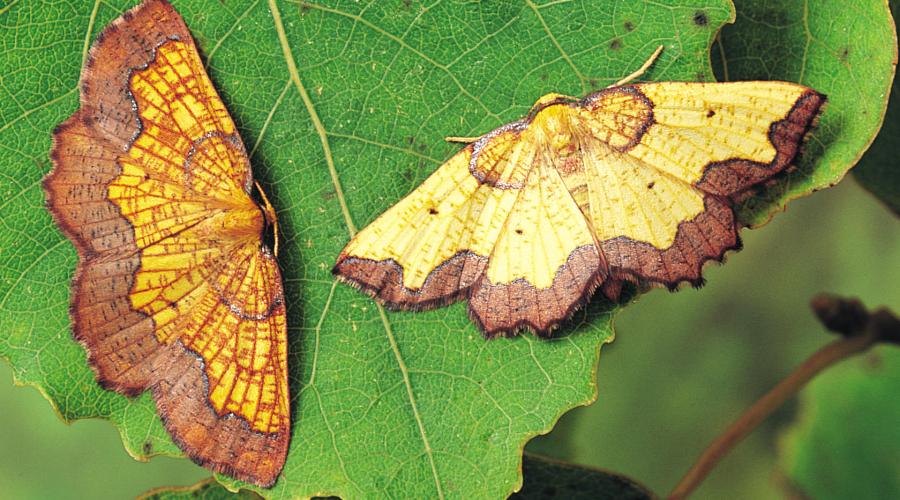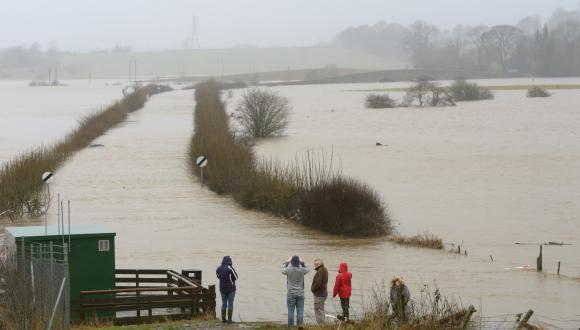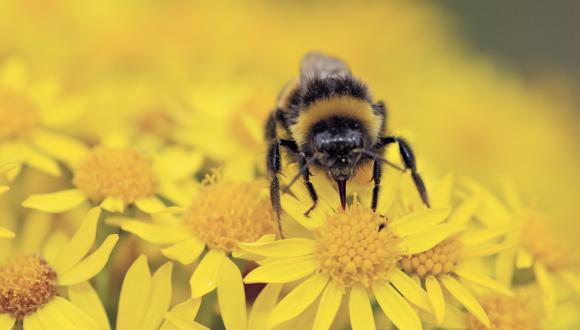
Urgent action needed to halt continued decline of Scotland’s wildlife
4 October 2019
Scotland’s wildlife continues to decline, according to the most comprehensive State of Nature report ever produced.
The latest findings show that in the five decades since consistent scientific monitoring began there has been a 24% decline in average species abundance across monitored wildlife. Following on from State of Nature reports in 2013 and 2016, leading professionals from more than 70 wildlife organisations have for the first time joined with Government agencies to present the clearest picture to date of the status of species across the land and sea.
The State of Nature Scotland report 2019 reveals that 49% of Scottish species have decreased, 28% have increased.
Nature is changing rapidly, with 62% of species showing strong changes. Of the 6,413 species found in Scotland that have been assessed 11% have been classified as threatened with extinction.
Experts also conclude it’s not too late to act. Much is known about the causes of decline and about some of the ways in which we could help struggling species. The evidence from the last 50 years shows that significant and ongoing changes in the way we manage land and sea and the ongoing effects of climate change are having the biggest impacts on nature.
NatureScot’s Chief Executive, Francesca Osowska said: “Our habitats and our species are under threat.
“UN global assessments conclude that they are threatened by changing use of land and sea, direct exploitation of our resources, pollution, and invasive non-native species. And climate change makes these other factors more significant in impact.
“By improving the state of nature we can help solve the climate emergency.
“Peatland restoration and coastal resilience projects are excellent examples of working to improve nature and stem climate heating. We are also focusing on reversing ecosystem loss and fragmentation to restore Scotland’s most threatened habitats - peatlands, rivers, and woodlands - and help Scotland’s most at risk species.
“We are ready to deliver the transformational change needed to bring a nature rich future for Scotland.”
Moths have been particularly hard hit in Scotland with numbers down by 25% in abundance. Butterflies meanwhile have shown a slight increase in average abundance of 9%. Of nine mammal species assessed since 1998 their abundance has also declined by 9%. The wildcat is teetering on the edge in Scotland, though conservation efforts continue. The pine marten however has made a strong return in both abundance and distribution in recent years.
Overall the 143 species of birds assessed in Scotland appear broadly stable on average. Looking at specific bird groups however reveals a more complex picture.
Scotland’s globally significant seabird populations have undergone very substantial declines over the last 30 years. Whilst the monitoring period is shorter – running from 1986 to the most recent estimate in 2016 – the average numbers of 12 species of breeding seabirds have declined by 38%. Surface feeding birds like kittiwake, or species that depend on them to find prey, such as Arctic skua, have been particularly affected, with major declines of 72% and 77% respectively.
Invasive non-native species and pollution are also a problem. Despite welcome recent efforts to improve how people move and release non-native species, and how we respond once they establish, non-native species continue to arrive and spread in key Scottish habitats. Whilst emissions of many pollutants have been reduced dramatically in recent decades, pollution continues to have a severe impact on Scotland’s sensitive habitats and freshwaters, and new pollution threats are continuing to emerge.
The State of Nature 2019 report builds on the UK Committee on Climate Change (CCC) advice to governments published earlier this year, recommending stringent emissions reductions by 2050, and the Intergovernmental Science-Policy Platform on Biodiversity and Ecosystem Services (IPBES) global assessment in May showing unprecedented global declines in nature.
Scotland’s first minister Nicola Sturgeon declared a climate emergency in April, and in May declared that “The challenges facing biodiversity are as important as the challenge of climate change, and I want Scotland to be leading the way in our response.”
With a key meeting in support of the global Convention on Biological Diversity planned for April 2020 in Edinburgh, and with Glasgow hosting the UN Climate Change Conference of Parties later the same year, the world’s eyes will be on Scotland and how we build that leading role. We are well placed to do so. Our most characteristic habitats, like the extensive Scottish peatlands, can and must play a key role in simultaneously tackling both carbon storage and biodiversity challenges.
The Scottish Government and NatureScot have already taken a progressive lead in funding and supporting positive work on peatlands at landscape scales. If we can extend that model out to wider habitats and species, our lead by example will be secured.
Paul Walton, lead author on the Scotland report, said: “This report draws on the best available data on Scotland’s biodiversity, produced by partnerships between conservation NGOs, research institutes, government and agencies, and thousands of dedicated volunteers. The output confirms that, averaged across species, the erosion and loss of nature in Scotland continues. But it also highlights how much we still have to lose, and some of the incredible work that is already underway to hold on to it. Scotland is uniquely placed to set a global example in responding to the twin climate and ecological crises. We must invest our ingenuity to integrate policies, to devise complementary solutions, to cooperate across sectors and tackle these twin global crises simultaneously. We must, critically see a step change in how we resource the conservation of all our biodiversity and develop nature-based approaches to climate change. If we do so, we can lead the way towards the transformative change that nature demands.





